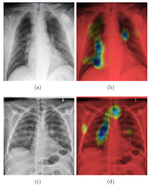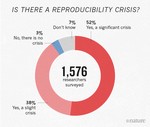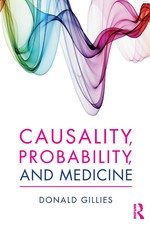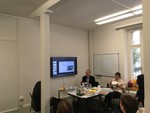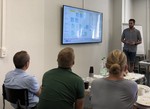Projects
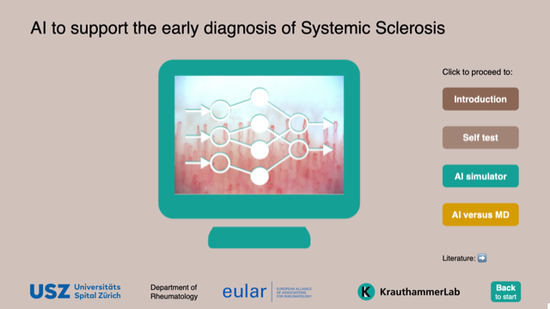
Automated Image Analysis
AI-assisted diagnosis in rheumatology

Federated Learning
Today, in every aspect of our lives, everything we do leaves a digital footprint. Health-care institutions are also increasingly …

Human Reproduction Reloaded
We are proud to be part of the UZH University Research Priority Programs (URPP) where we together with the Schwank lab investigate the …
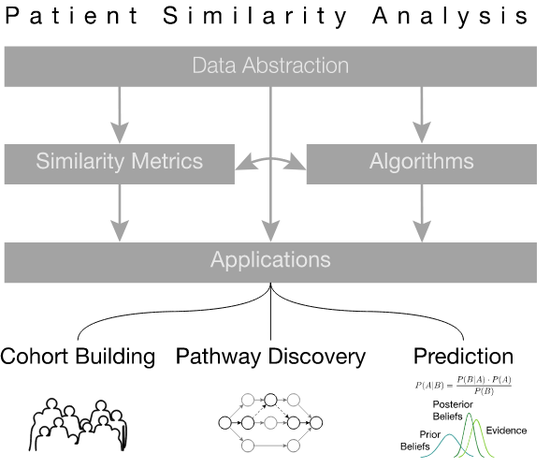
Patient Similarity Analysis
Since the early days of computing, healthcare professionals have dreamt of using the vast storage and processing powers of computers to …

Long-read sequencing - Part I
An introduction to long-read sequencing.
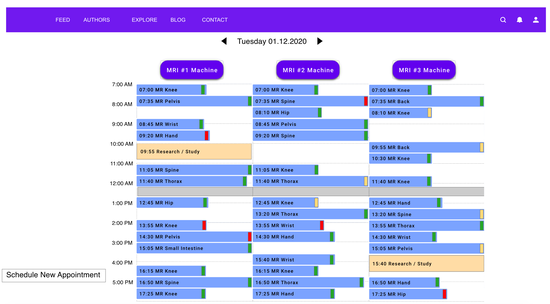
MRIdle
Helping reduce idle time in the USZ Radiology department
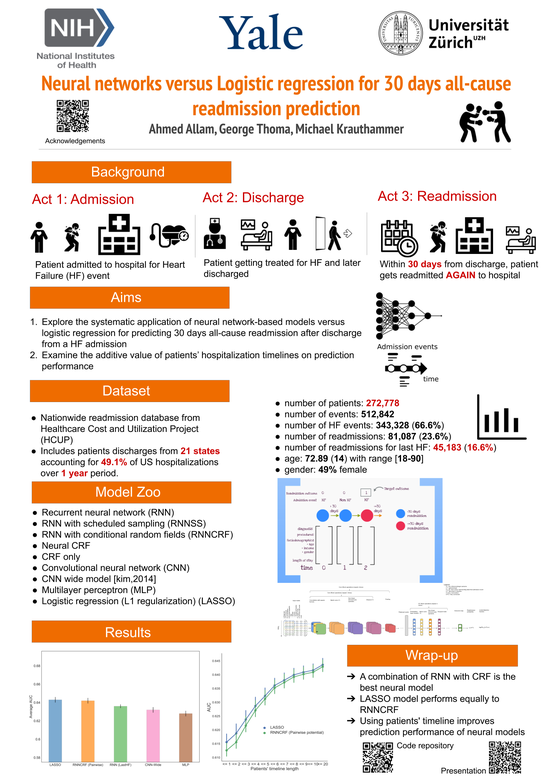
30 days All-Cause Readmission
Comparing neural-networks versus logistic regression for predicting readmission.
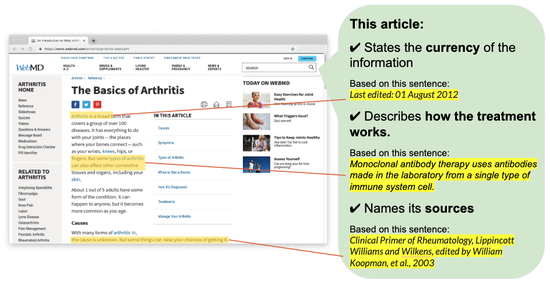
autoDISCERN
Assessing the quality of online health information with AI.
Single Cell RNA Sequencing
Cancer on the cell level.

Drug-Drug Interactions
Novel computational method for drug-drug interaction predictions which are an important consideration for patient treatment.
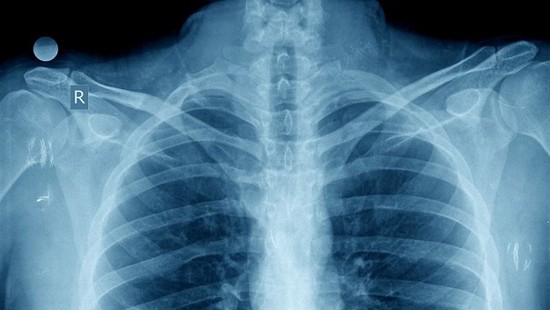
Automated Reports from Xrays
Using deep learning for automatically generated medical reports describing radiological images.





